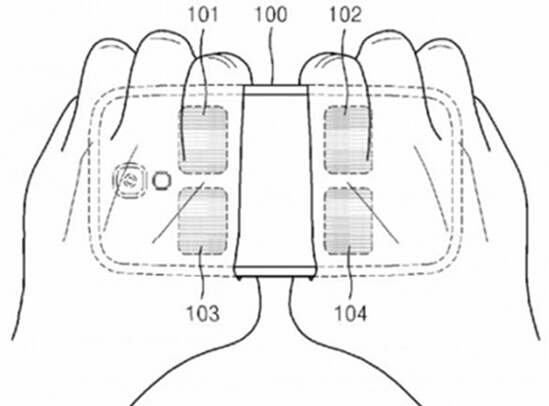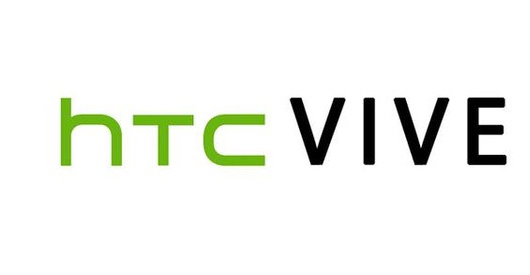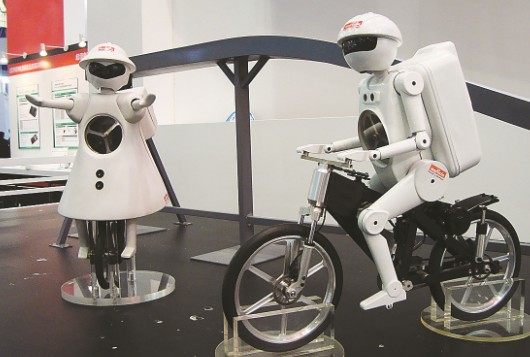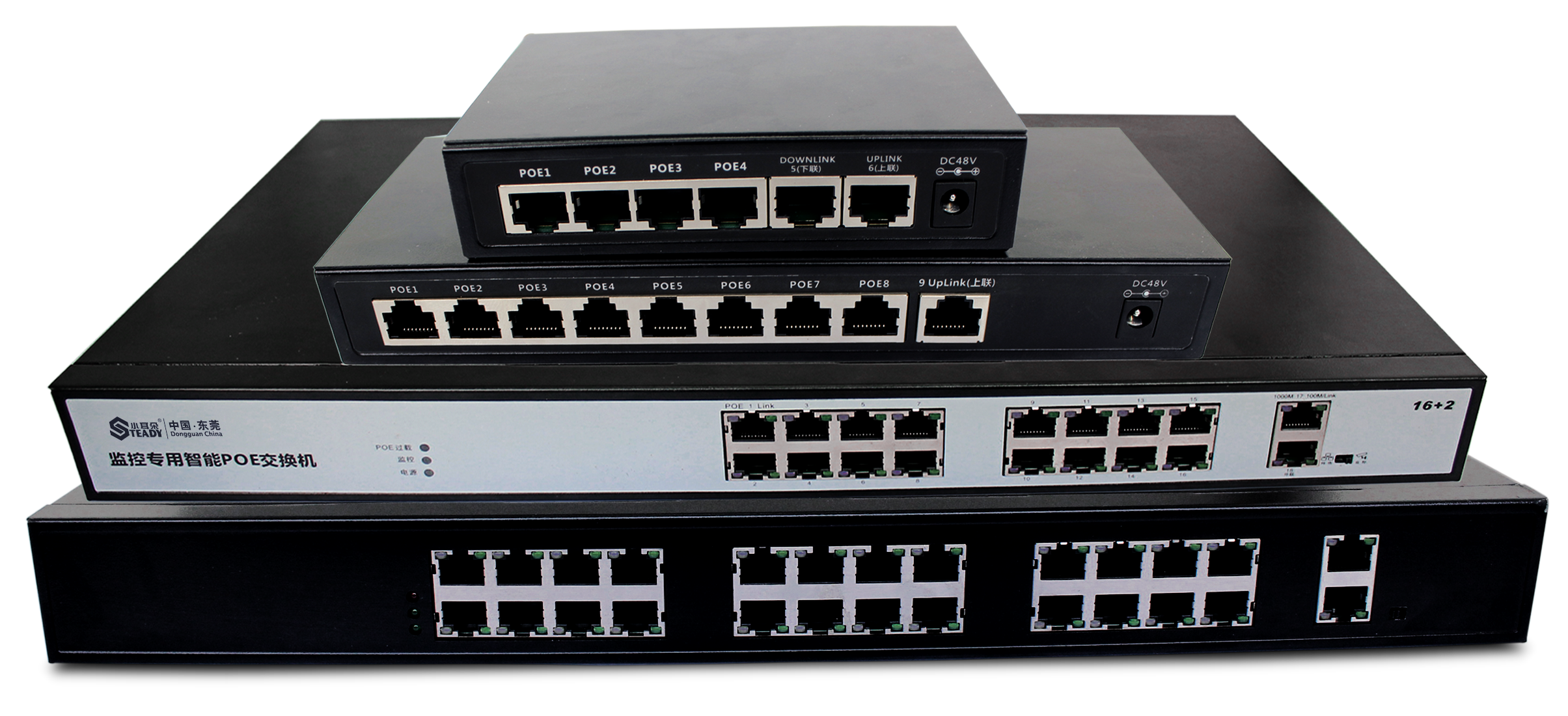Today's core language
Today, Huawei and China Mobile (microblogging), Japan Softbank and many other industry partners jointly released the TDD+ solution. TDD+ is the long-term evolution of TDD technology and is a core component of 4.5G, which means moving towards the future 5G. At the same time, 4.5G will play a key transition role. For more information on technology, please pay attention to the daily electronic core morning newspaper.

First, the semiconductor
1, strong alliance, Seagate teamed up with IBM to launch high-performance storage. Recently, world-renowned storage vendors Seagate and IBM announced a cooperation, the two sides will cooperate in high-performance computing storage. It will help users cope with the demands of data-intensive work. The newly designed system combines the power of IBM Spectrum Scale with the unique performance efficiency and scalability of the Seagate ClusterStore system to help users more efficiently manage high-performance computing applications that require high data volumes. Based on Seagate's core competencies, we have developed such innovative designs. Whether on-site or in the cloud, Seagate is not only committed to product innovation, but also extends it to the information infrastructure.
2, pass Qualcomm to lay off 4,000 people, MediaTek to counterattack? On July 14th, foreign media revealed that mobile processor Qualcomm Qualcomm will usher in a new round of layoffs. Compared with last year's 1,400 layoffs, the scale of this job may be even larger. It is estimated that 4,000 employees worldwide will be affected. influences. It is reported that Qualcomm will announce the news as soon as July 22. The layoffs of 4,000 people can be described as a major restructuring for Qualcomm. At present, Qualcomm has a total of 31,000 employees worldwide, and this wave of layoffs accounts for 12.9%.

Second, communication news
1. Huawei released TDD+ technology, and the 4.5G era will come next year. Today, Huawei and China Mobile (microblogging), Japan Softbank and many other industry partners jointly released the TDD+ solution. TDD+ is the long-term evolution of TDD technology and is a core component of 4.5G, which means moving towards the future 5G. At the same time, 4.5G will play a key transition role. Why is there 4.5G? Wang Tao, president of Huawei's Huawei wireless network product line, said that on the one hand, users' demand for traffic is rising rapidly, exceeding 60% per year, which is a great challenge for operators. According to the industry's forecast of 7 times growth in 2020, existing network technologies cannot be supported. It is expected that the outbreak of data traffic in the future will bring huge impacts and challenges to the carrier network.
2. MWC Shanghai Station Preview: The post-4G era and the era of all things connected. On July 15th, the 2015 World Mobile Congress Shanghai Station was officially held today at the Shanghai New International Expo Center. This conference is the fourth event of the GSMA held in Shanghai with the theme of “Mobile No Limitâ€. Today, global 4G networks have begun to be deployed on a large scale. The technology and the Internet of Everything after the 4G era are becoming the theme of the conference.

Third, intelligent hardware
1. The second generation of Google Glass will be developed only for enterprise users. A few days ago, 9to5Google reported that an anonymous person said that Google’s team is currently developing “Google Glass Enterprise Edition†instead of “Explorer Edition†or “Consumer Editionâ€. In the future, we can no longer wear Google Glass to parachute. The next version of Google Glass will work with Android for Work, a version of Android designed for office use. In addition to the addition of a large external battery (with pockets) that can be connected via cable and built-in support for 5GHz Wi-Fi (previously only supported by the slower 2.4GHz band), the new version of Google Glass is on the hardware. Has not changed much.
2, Samsung's new patent: you can measure the body fat rate by holding the phone. According to foreign media reports, Samsung's new patent documents revealed that the company has developed a technology that can detect the user's body fat rate through mobile phones. Mobile phone users can use this technology to track and monitor their body fat rate. According to the patent documents, Samsung's technology requires four sensors to be mounted on the body. The user can measure the body fat rate by simply holding the body with his hand. The four sensors do not indicate that they must be installed on the body, which means that it should be installed on the phone case.

Samsung's new patent (picture from Sina)
Fourth, virtual reality
1. It is rumored that HTC is working with Israel's virtual reality startup Replay. HTC Corp yesterday declined to comment on a report about Taiwanese smartphone makers looking to partner with a startup from Israel to provide virtual reality technology. Local magazine Business Next reported on Saturday that HTC Chairman and CEO Wang Xuehong originally planned to visit Replay Technologies Inc at the beginning of last month, but was forced to cancel the trip because she needed to deal with HTC's falling share price. The report said that Wang Xuehong sent an email to the Israeli company to cancel the trip. The recipient was Replay's co-founder and CEO Oren Haimovitch-Yogev. The report said that Wang Xuehong's secret journey aims to develop new technology for HTC Vive in cooperation with Replay, a virtual reality headset that was jointly developed by HTC and American video game developer Valve Corp. HTC Vive is expected to be released to the consumer market in the second half of this year. In response to this report, HTC said it would not comment on rumors or speculation.

Five, robot
1. Shenzhen pushes the smart industry plan to support “robots†for 500 million yuan per year. On July 13, the Shenzhen Development and Reform Commission released the “Fifth Supporting Plan for Robots, Wearables and Smart Equipment Industry in Shenzhen in 2015â€. The plan shows that for the seven consecutive years from 2014 to 2020, Shenzhen Municipal Finance will arrange 500 million yuan each year to subsidize the robot, wearable equipment and smart equipment industries. It is estimated that by 2020, Shenzhen will build a leading domestic and world-famous manufacturing base for robots, wearable devices and smart equipment industries, with an added value of more than 200 billion yuan. The plan shows that for projects applying for direct subsidy, the project will be funded according to a certain percentage of the total investment of the project approved by the evaluation, up to a maximum of 5 million yuan. The funds are mainly used to purchase equipment, improve existing process equipment and test conditions, and purchase necessary technologies and software.

Ethernet power supply system is referred to as POE power supply, which consists of Ethernet power supply equipment and Ethernet power equipment. It can transmit data and provide DC power supply to client equipment only through one Ethernet cable, without the need for additional wiring.Gigabit POE Switches are divided into managed and non-managed POE switches ,non-standard POE switches which do not meet the IEEE802.3af/at. and also it has indoor series and outdoor series with 10/100/1000M input and output port.
Features:
1. Can recognize the impedance of the signal. When an input voltage is applied to the device, it must be roughly identified within the defined voltage range. When an ethernet power device pleads for power supply, it first sends out the voltage signal of 2.5V~10V to Ethernet. After detecting the voltage signal, the power facility puts a 23750 ohmic resistor on the power supply circuit, and the current changes with the input voltage. By detecting the current, it is confirmed that there is an effective Ethernet power supply at the Ethernet cable terminal. If the arranged resistance value is in the area of 26250 / 45000 ohms, it is considered that the ethernet equipment is effective but does not need to supply power. Resistive values of other sizes mean that the detected ethernet equipment is useful.
2. Type. Electricity is equipped with a type of gap, each type corresponding to not a certain current. Analogy, the "0" class of electricity is equipped with a current of 0.5 Ma 4 Ma. When an effective signal is detected by a power supply, it is classified. The specific method is to lift the voltage to 15.5V or 20.5V on the Internet link, so that the Ethernet power equipment loses a static current, and then completes the classification of the power facilities according to the current scale.
3. Open coherent connection. There are two kinds of switches connected to Ethernet power supply (Poe power supply), one is bipolar crystal switch, which has high utility and low capital, and the other is MOSFET switch, which has extremely high power performance and can be close to 100th.
Application:
Suitable for different Ethernet devices such as: IP phone, network security camera, PDA, mobile phone charger, card reader, etc.
Product images:

POE Switches
Unmanaged POE Switch,POE Switches,Smart POE Switch,Network Switch POE
Guangdong Steady Technology Co.LTD , https://www.steadysmps.com
